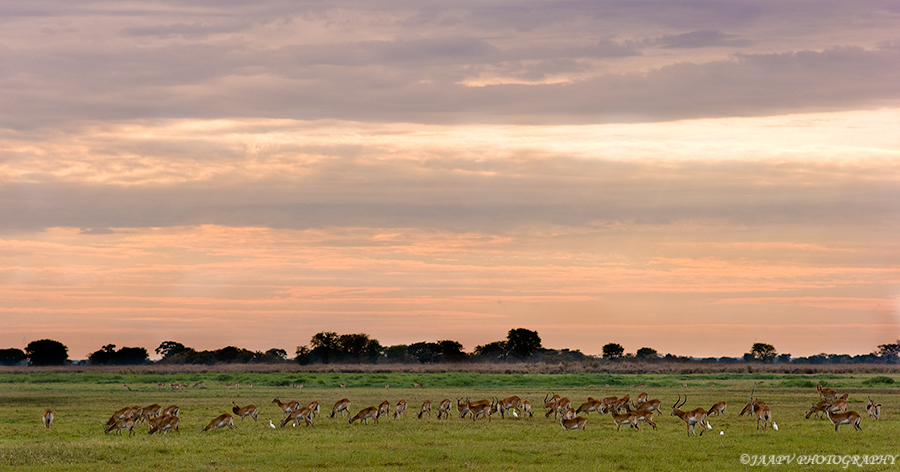Leicaliker
Member
Hi
Bought an M8 a couple of weeks ago and love the feel of the camera, the ability to create instantanious images and the fact that I can take an infinate number of shots without paying for film.
I have shot some jpegs and I do like the way they look on screen. There is a luminosity which I remember from my Kodachrome days but without the hassel of setting up a screen (only to watch the images then "pop" out of focus)!
HOWEVER...
I am now moving away from a state of blissful ignorance and wondering if I am missing out on something... should I be shooting RAW... should I be spending late nights in front of my PC processing stuff... do I need to spend money on a printer... but what if the colours are out on my monitor?
In the past when I shot colour it was slides and I got what I got, when I shot black and white I paid for someone to process my negs and I selected my favourites to be enlarged but rarely felt the need for any darkroom tweaks but now a whole world of digtal manipulation is just a click away...
As a starting point:
1. If I use Cap 1 but don't need to change light balance, crop or otherwise manipulate the image will the resulting stored file (jpeg?) be better than the jpeg that has come out of the camera? i.e If I am happy with what I initially see straight from the M8 see will I somehow retrieve additional detail, tonality and so on by processing myself on PC? People say that the in camera processing on the M8 is poor... is this so?
2. What is your opinnion of the in camera black and white conversion programme? My first impressions are really positive and unlike film I can dial in different speeds, contrast levels and so on prior to pressing the shutter... but am I seriously missing out by shooting in this way?
Any steer you can give this long time Leica user but digital newbie would be very much appreciated🙂.
Kind regards
Andrew
Bought an M8 a couple of weeks ago and love the feel of the camera, the ability to create instantanious images and the fact that I can take an infinate number of shots without paying for film.
I have shot some jpegs and I do like the way they look on screen. There is a luminosity which I remember from my Kodachrome days but without the hassel of setting up a screen (only to watch the images then "pop" out of focus)!
HOWEVER...
I am now moving away from a state of blissful ignorance and wondering if I am missing out on something... should I be shooting RAW... should I be spending late nights in front of my PC processing stuff... do I need to spend money on a printer... but what if the colours are out on my monitor?
In the past when I shot colour it was slides and I got what I got, when I shot black and white I paid for someone to process my negs and I selected my favourites to be enlarged but rarely felt the need for any darkroom tweaks but now a whole world of digtal manipulation is just a click away...
As a starting point:
1. If I use Cap 1 but don't need to change light balance, crop or otherwise manipulate the image will the resulting stored file (jpeg?) be better than the jpeg that has come out of the camera? i.e If I am happy with what I initially see straight from the M8 see will I somehow retrieve additional detail, tonality and so on by processing myself on PC? People say that the in camera processing on the M8 is poor... is this so?
2. What is your opinnion of the in camera black and white conversion programme? My first impressions are really positive and unlike film I can dial in different speeds, contrast levels and so on prior to pressing the shutter... but am I seriously missing out by shooting in this way?
Any steer you can give this long time Leica user but digital newbie would be very much appreciated🙂.
Kind regards
Andrew



